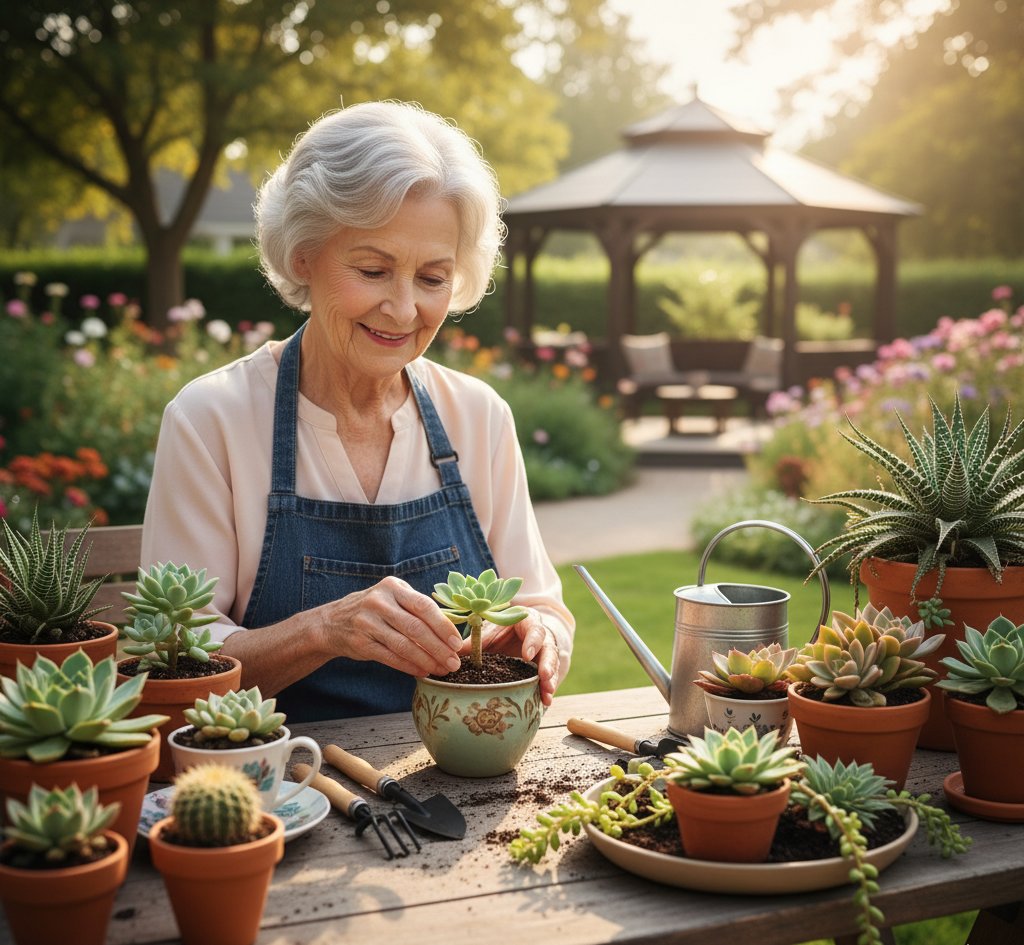Succulent Gardening For Seniors
Succulent gardening gives you a simple and enjoyable way to stay connected with nature without the heavy work of traditional gardening. These hardy plants need little water, grow well in small spaces, and thrive indoors or outdoors. Succulent gardening is ideal for seniors because it offers beauty, relaxation, and low-maintenance care all in one activity.
You can choose from many types of succulents, such as jade plants or aloe, that fit perfectly on windowsills, tables, or small containers. Their unique shapes and colors bring life into your space while staying easy to manage. With bright light and occasional watering, your plants continue to grow strong.
Beyond care, succulent gardening also opens the door to creative projects. You can design miniature gardens, arrange plants in decorative pots, or even repurpose old containers for a personal touch. This makes the activity both practical and fun, giving you a hobby that is rewarding and stress-free.
Key Takeaways
- Succulent gardening offers a simple and low-maintenance way to enjoy plants.
- Choosing the right succulents makes care easier and more enjoyable.
- Creative projects add variety and fun to your gardening routine.
Why Succulent Gardening Is Ideal for Seniors
Succulent gardening offers a mix of practical and personal benefits. You can enjoy plants that need little care, provide calming activities, and fit well into different living spaces or physical abilities.
Low-Maintenance Benefits
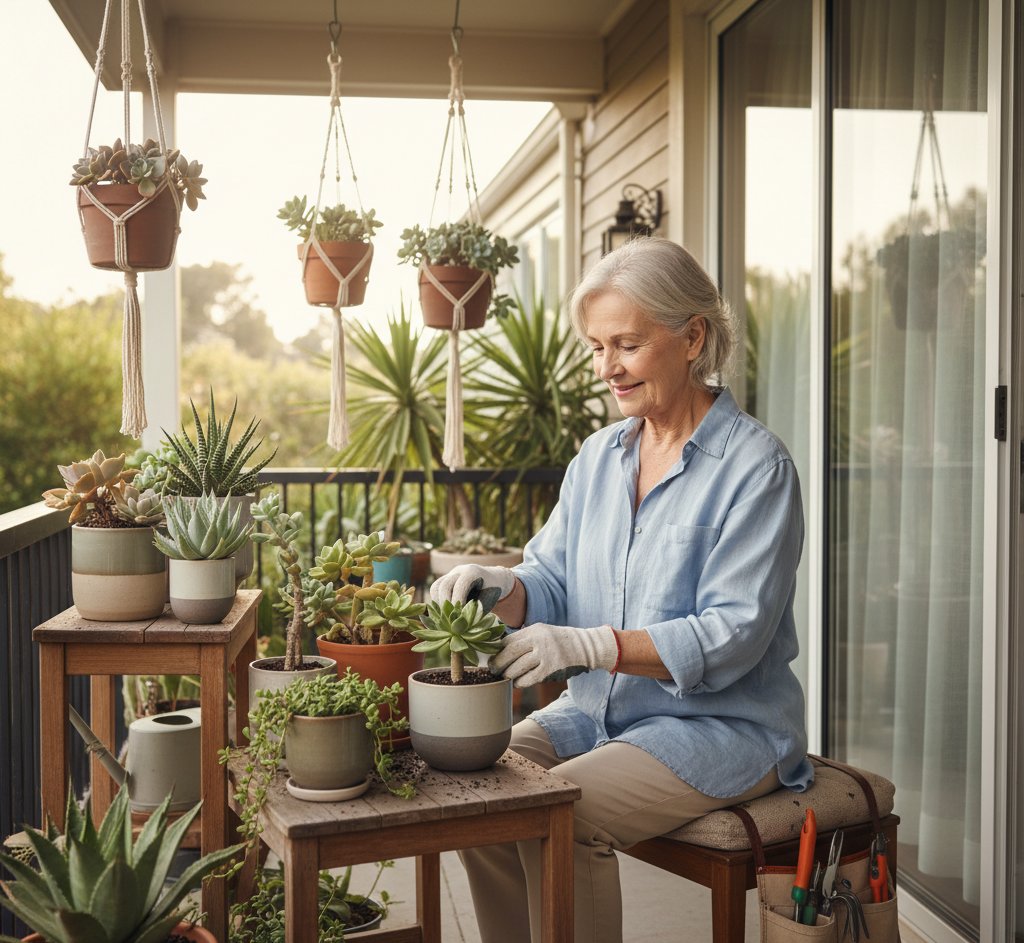
Succulents require less attention than many other plants. You only need to water them occasionally, often once every week or two, depending on the climate and container size. This makes them easier to manage if you have limited time, energy, or mobility.
These plants also thrive in small pots, trays, or windowsills. You don’t need a large yard or outdoor garden to enjoy them. A sunny window or balcony is often enough for them to grow well.
Because succulents grow slowly and resist pests, you don’t have to worry about frequent pruning or chemical sprays. They can stay healthy with basic care like sunlight, light watering, and well-draining soil.
If you want variety, succulents come in many shapes and colors. You can mix them in one container for an attractive display without adding extra work.
Therapeutic and Social Advantages

Caring for succulents can give you a sense of purpose. Tending to plants, even in small ways, helps you stay engaged and provides a calming daily routine.
Many seniors find gardening reduces stress and supports mental focus. Planting, watering, or arranging succulents can feel relaxing while also keeping your hands active.
Succulent gardening also creates social opportunities. You can share cuttings with friends, join a gardening group, or work on small projects with family. Propagating succulents is simple, so you can easily pass along new plants to others.
This type of activity can also support memory and concentration. Following simple steps, like watering schedules or arranging plants, provides structure and gentle mental stimulation.
Accessibility and Adaptability
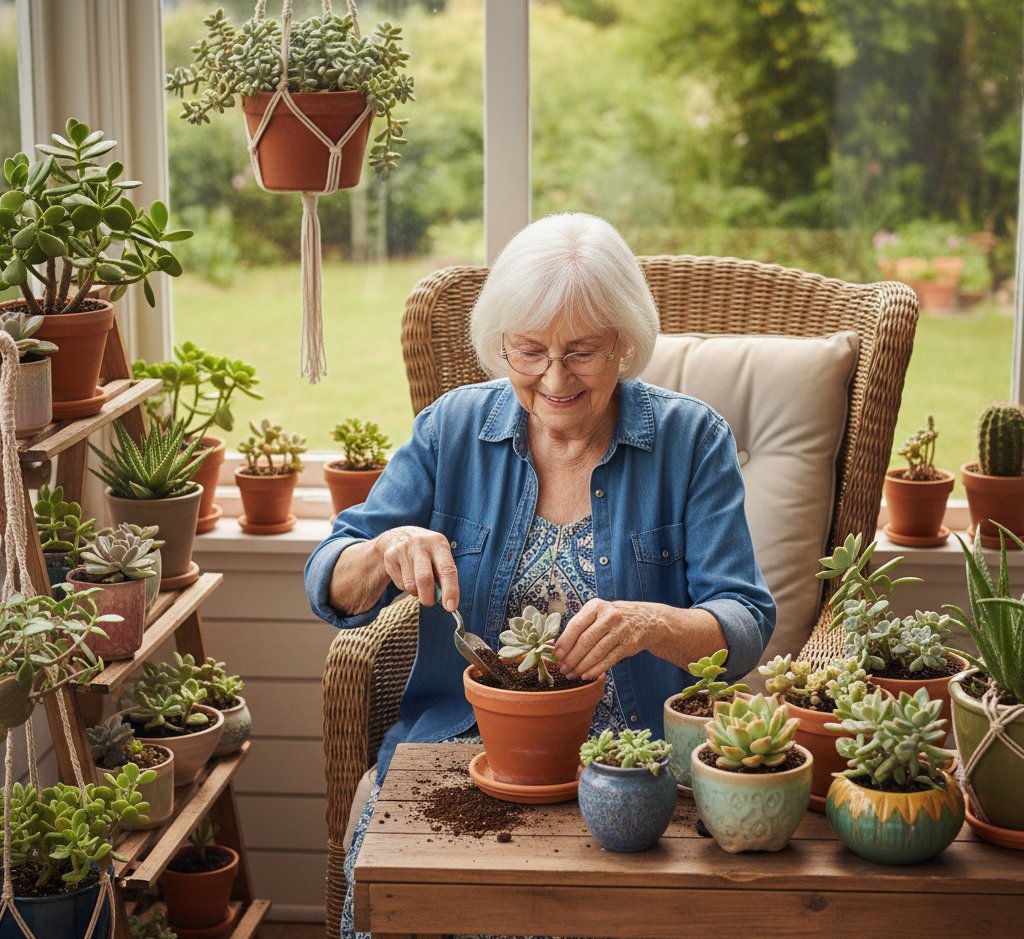
Succulent gardening adapts well to different needs and spaces. You can grow them indoors or outdoors, in containers that sit on tables, shelves, or windowsills. This makes them accessible if bending or kneeling is difficult.
Raised planters or lightweight pots allow you to arrange plants at a comfortable height. You can also choose small containers that are easy to lift and move.
Succulents need little soil and can be planted in shallow trays, which reduces weight and makes maintenance easier. This flexibility lets you design a garden that fits your space, mobility, and comfort.
Because they grow well in compact arrangements, you can create a personal succulent garden without needing large tools or heavy supplies. This makes the activity practical and enjoyable, even in assisted living or small apartments.
Choosing the Best Succulents for Seniors
When selecting succulents, you want plants that are simple to care for, visually appealing, and well-suited to your space. Paying attention to ease of care, plant type, and growth habits will help you create a garden that stays healthy with minimal effort.
Selecting Easy-to-Care-For Varieties
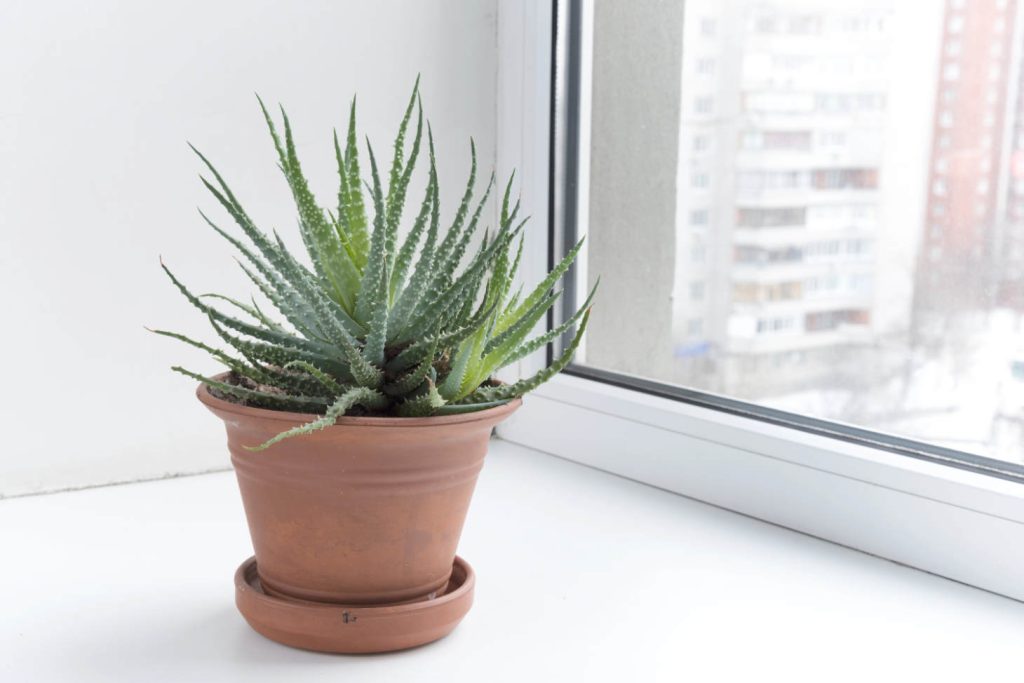
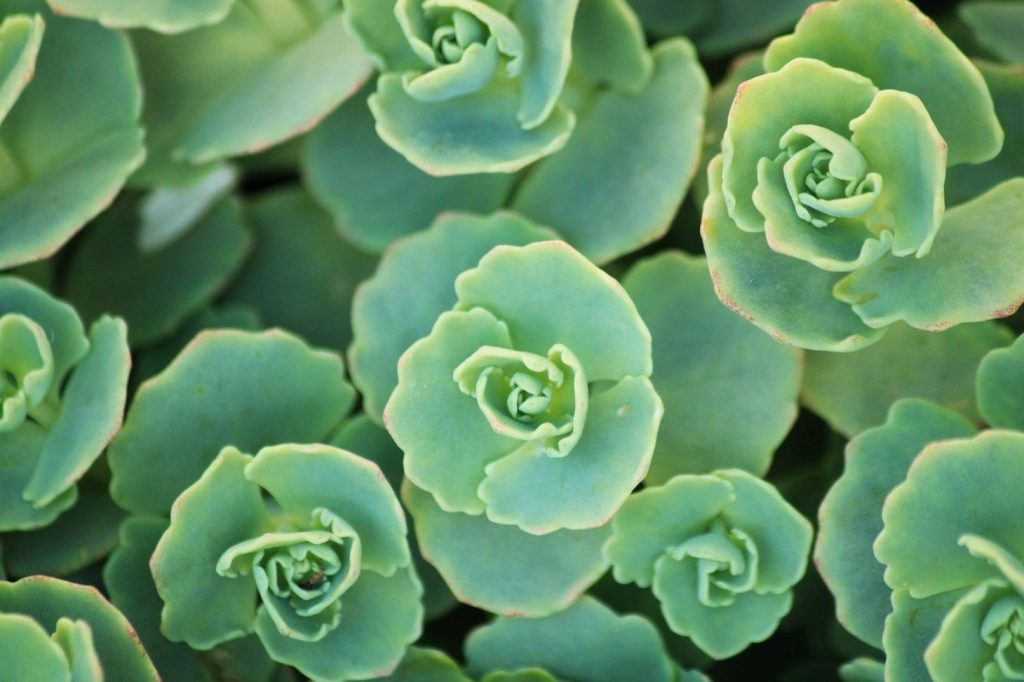
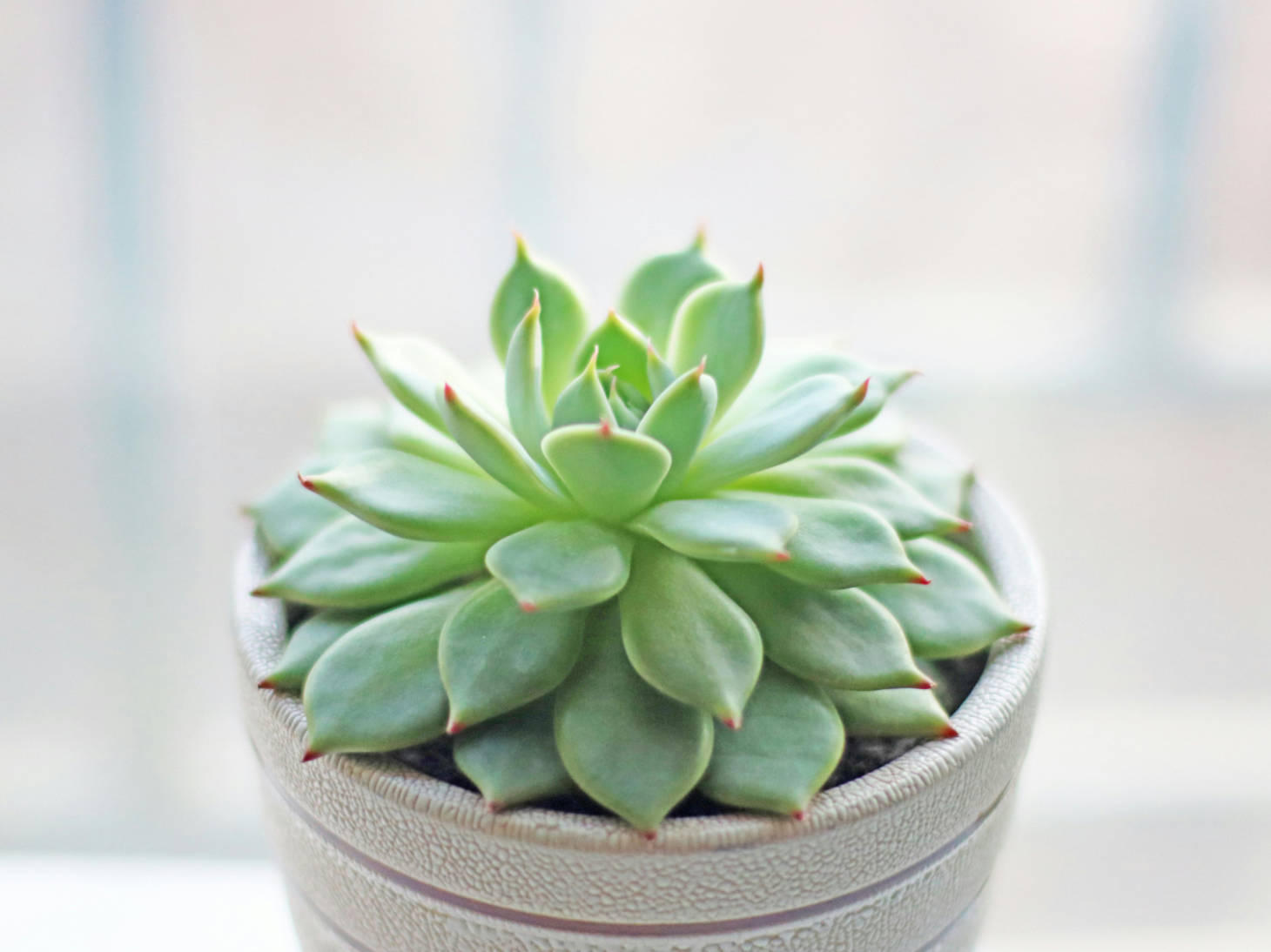
Some succulents require less attention than others, making them ideal if you prefer a low-maintenance routine. Look for plants that can handle irregular watering and adapt well to indoor light.
Good options include:
- Aloe: Tolerates dry conditions and grows steadily without much fuss.
- Sedums: Hardy and forgiving, even if you forget to water occasionally.
- Echeveria: Needs bright light but stays compact and easy to manage.
These plants usually thrive with a simple care routine: bright light, occasional watering, and well-draining soil. You don’t need to prune them often, and they rarely outgrow their containers quickly. This makes them especially practical if you want plants that stay manageable over time.
Popular Succulent Types for Beginners
Some succulents are more beginner-friendly because they combine attractive looks with simple care needs. You can start with a small collection and expand as you gain confidence.
Common beginner choices include:
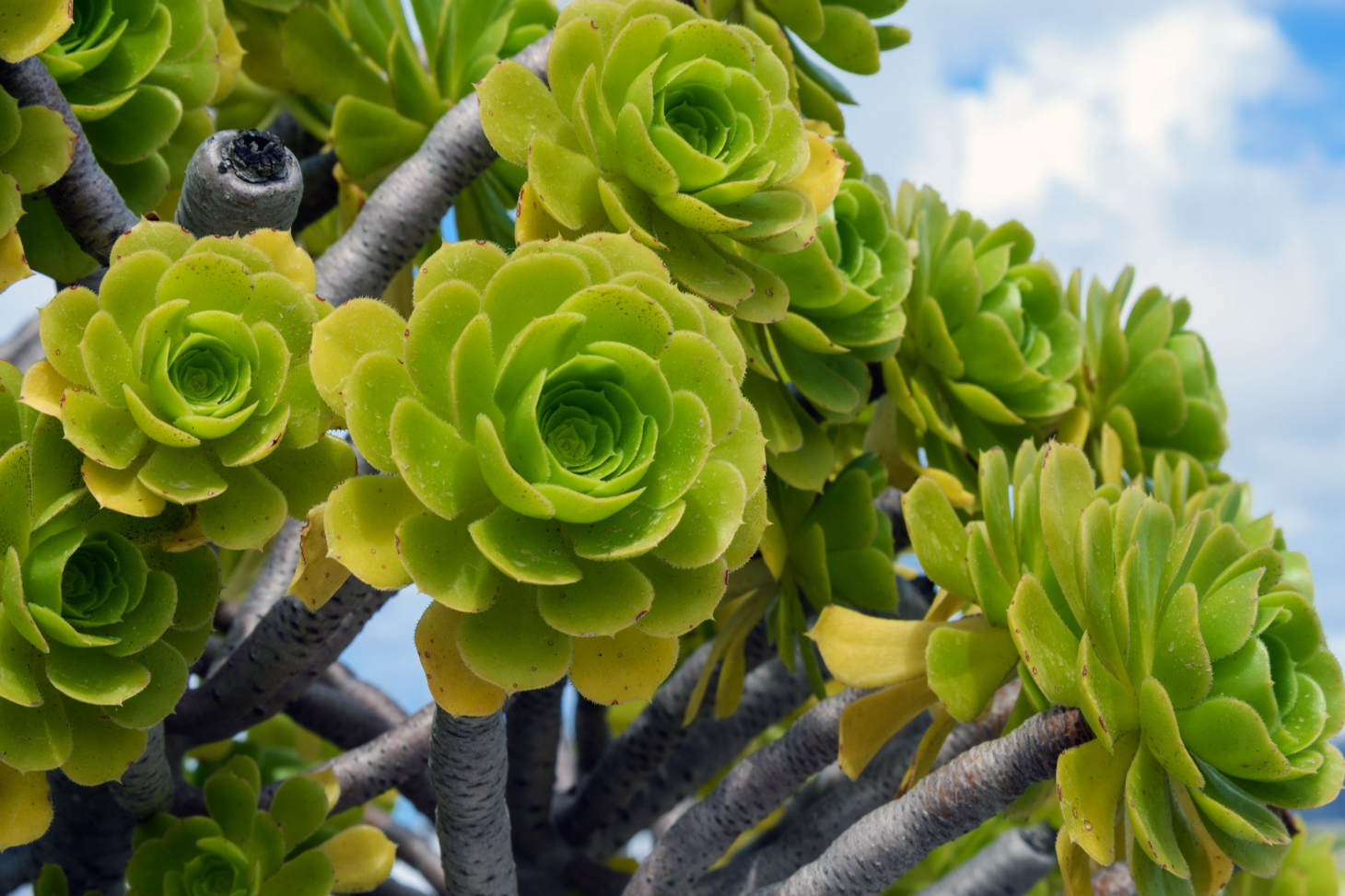
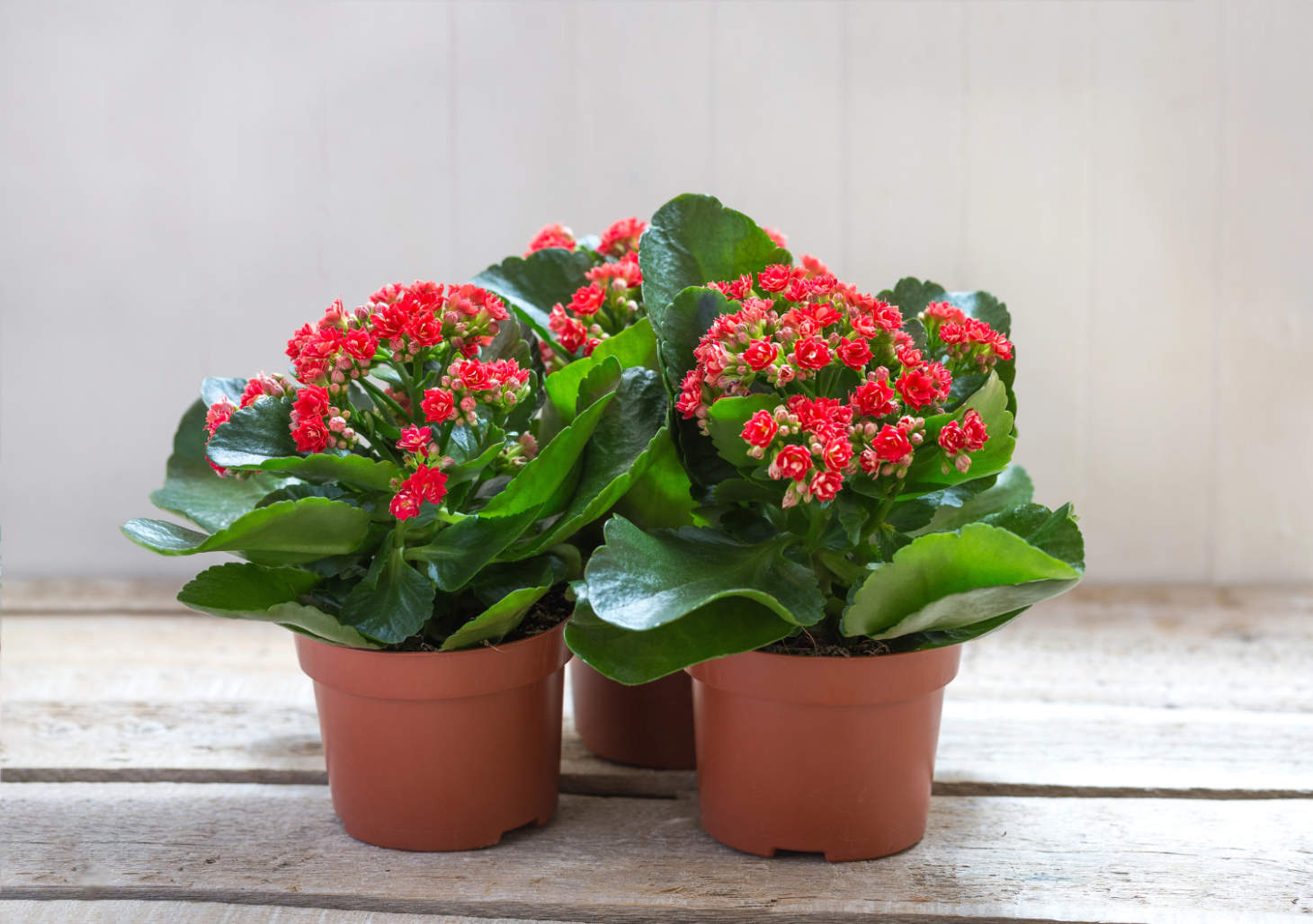
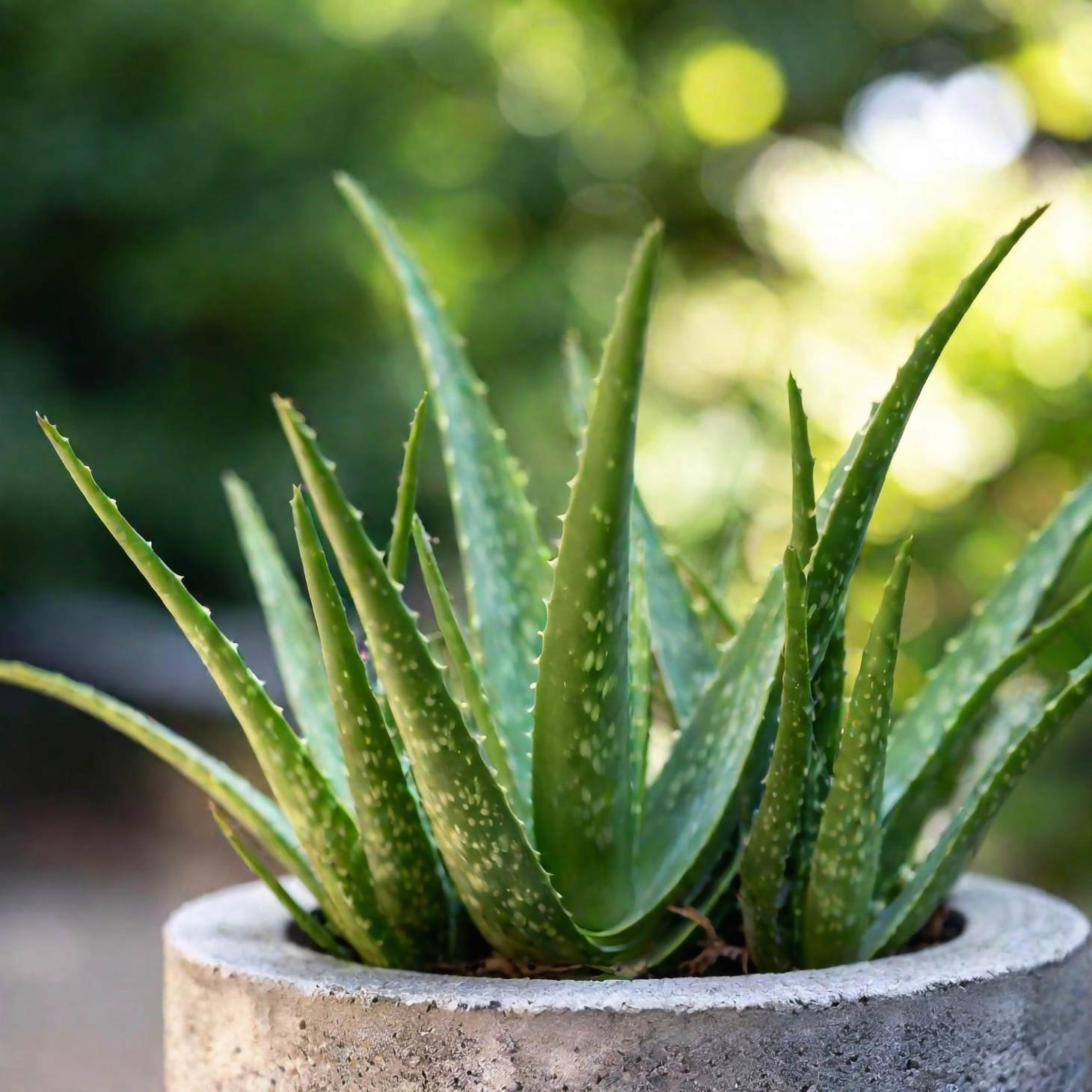
- Aeonium: Known for its rosette shape and variety of colors.
- Kalanchoe: Offers both leafy and flowering varieties that brighten indoor spaces.
- Aloe Vera: Useful as a houseplant and valued for its gel-filled leaves.
These types are widely available, so you can find them easily in garden centers. They also adapt well to both indoor pots and small outdoor containers. Their slow to moderate growth rate ensures you won’t need to repot them too often, which reduces the amount of upkeep required.
Understanding Growth Habits and Sizes
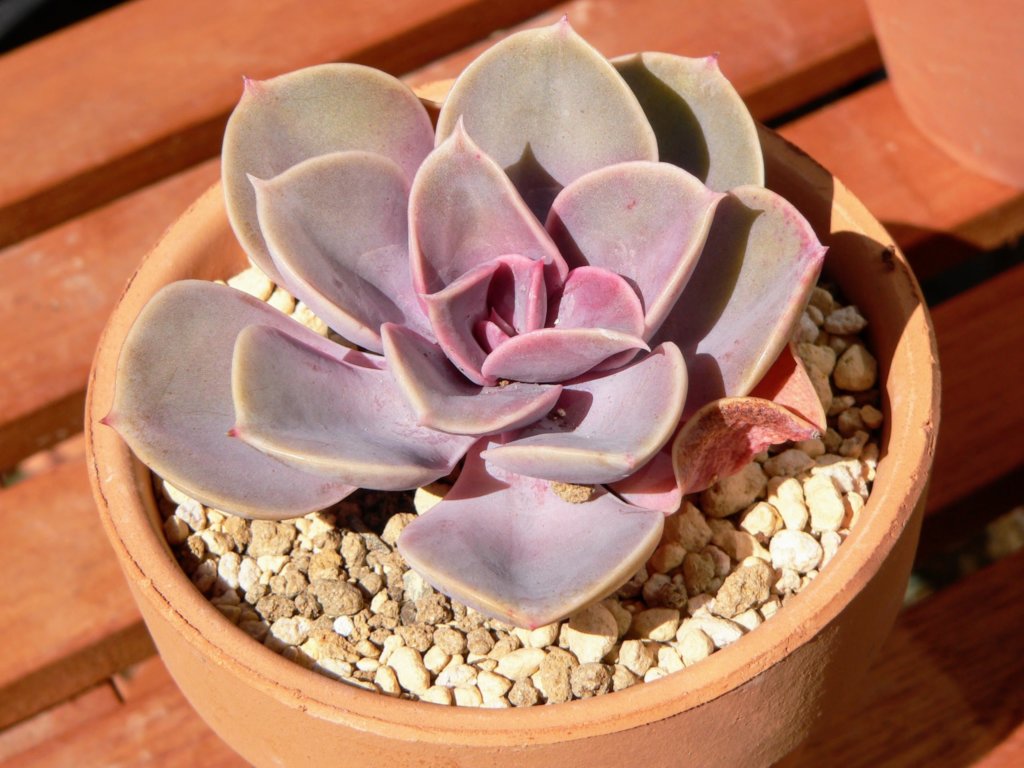
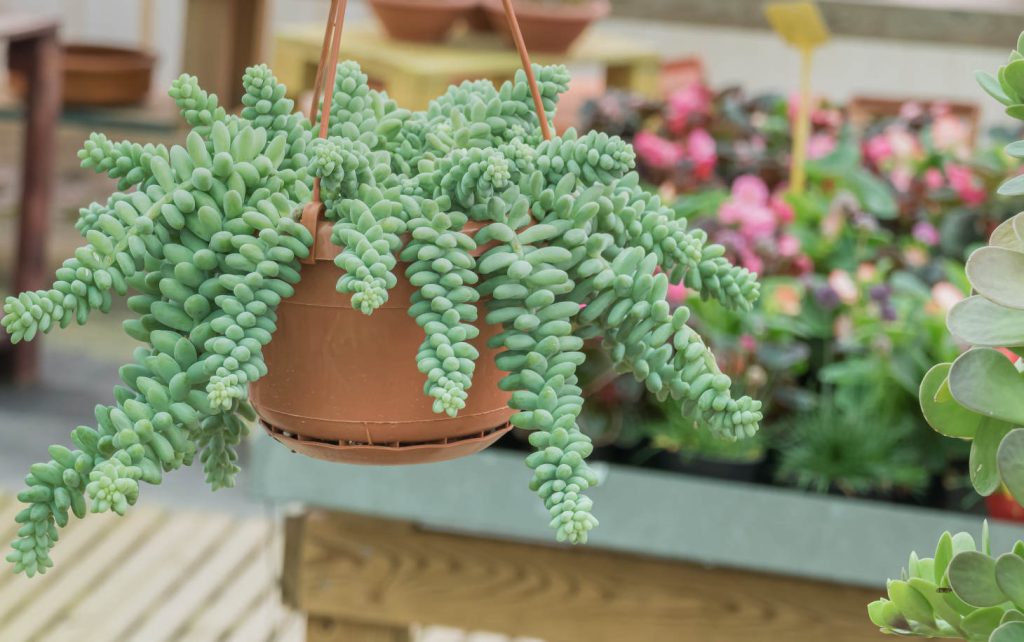
Different succulents grow in different ways, so it helps to know how large they can get and how they spread. Some stay small and neat, while others expand outward or upward over time.
Examples:
- Echeveria: Stays compact, usually under 6 inches tall.
- Sedums: Can trail over edges, making them good for hanging containers.
- Aloe: Grows taller and may need a larger pot as it matures.
By choosing the right growth habits, you can match plants to your available space. If you prefer a tidy tabletop display, compact rosettes like echeveria or aeonium work well. For a window ledge or shelf, trailing sedums add variety without taking up much room. Larger aloes fit better in floor pots where they have space to expand.
Creative and Enjoyable Succulent Activities for Seniors
You can enjoy succulents in many simple ways that encourage creativity, social connection, and hands-on care. These activities let you design displays, grow new plants, and add seasonal touches without needing heavy tools or high maintenance.
Arranging Succulent Displays
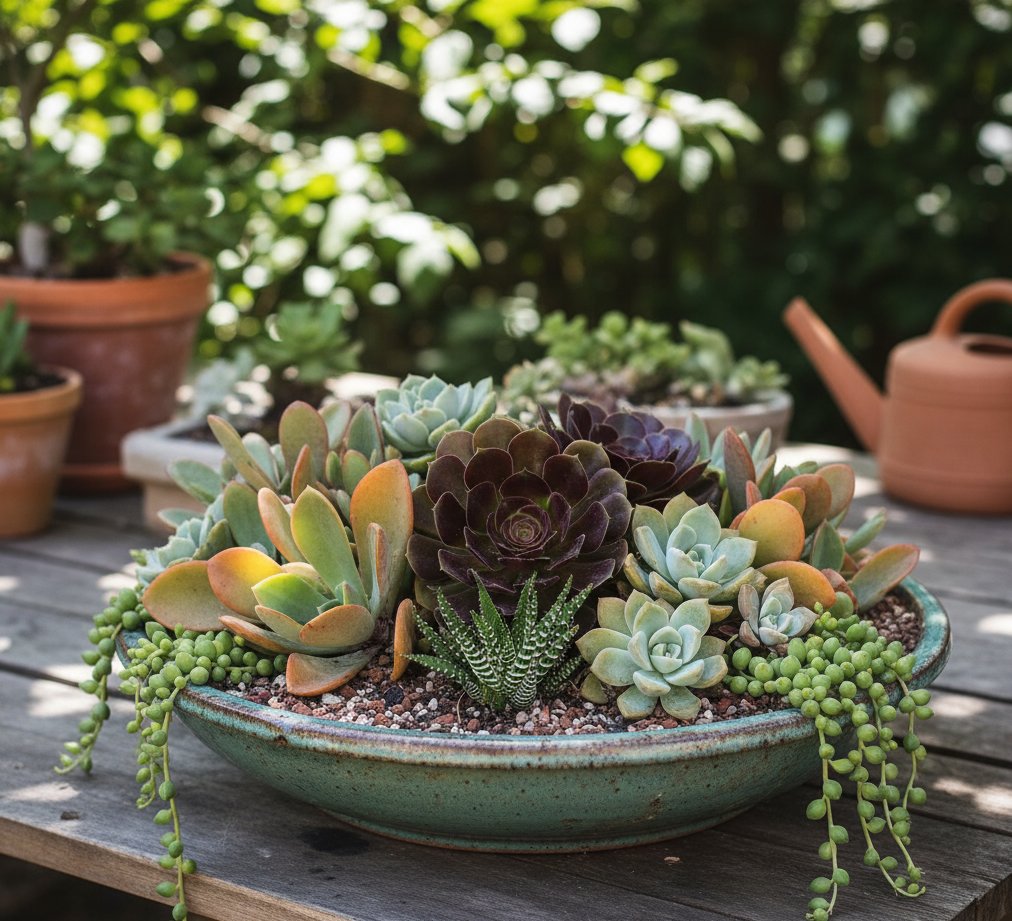
Arranging succulents gives you the chance to create small gardens that fit your space and style. You can use shallow bowls, teacups, or hanging planters to design compact displays. Mixing shapes and colors adds variety, such as pairing the rosettes of aeonium with the fleshy leaves of kalanchoe.
For easy projects, try:
- Tabletop centerpieces with a mix of small succulents.
- Wall-mounted frames filled with cuttings.
- Mini terrariums using pebbles, soil, and glass jars.
Choose containers that are lightweight and easy to move. This makes it simple to adjust light exposure or bring arrangements indoors during cooler months. You can also group several small pots together to form a larger display without heavy lifting.
Propagation and Sharing
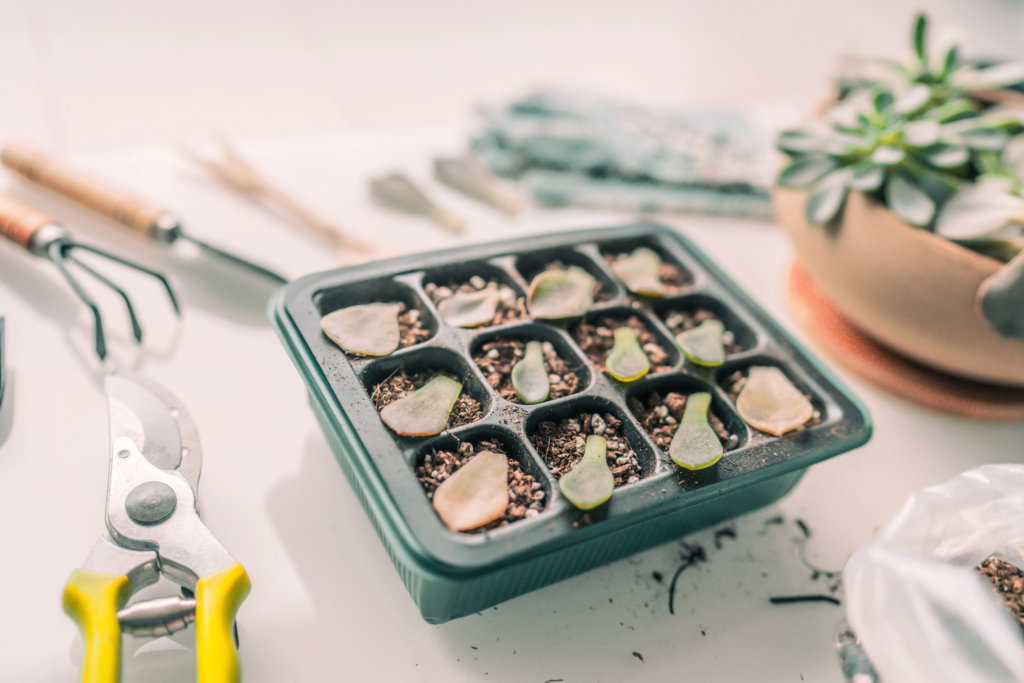
Succulents are well known for their ability to grow from leaves or cuttings. You can gently twist off a healthy leaf, let it dry for a day, and place it on soil to root. This method works well with many types, including echeveria and kalanchoe, and it allows you to multiply your collection with little effort.
Propagation also creates opportunities for sharing. You can pot small cuttings in recycled containers and give them as gifts to friends or family. This makes the activity social and rewarding.
To keep track of what you grow, label each cutting with the plant name and date started. This helps you see which methods work best and makes it easier to care for them as they grow.
Seasonal Care and Decorating Ideas
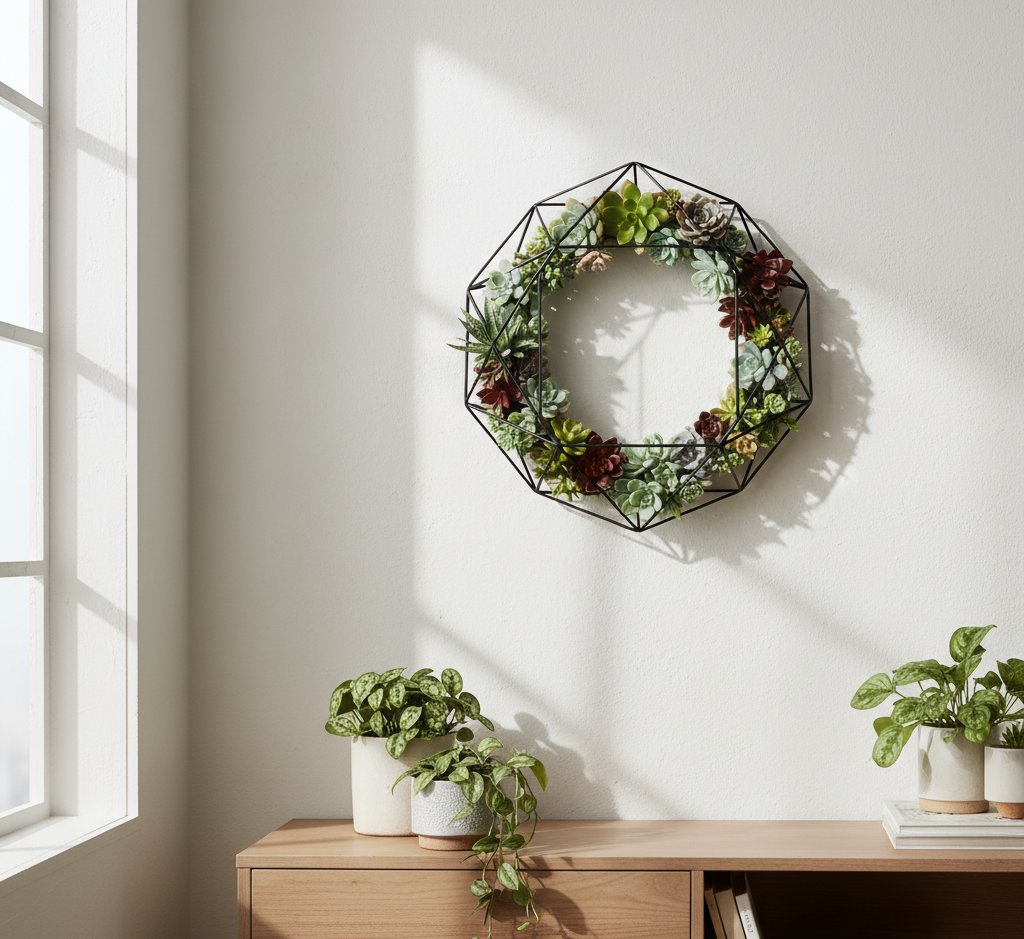
Succulents adapt well to different seasons, but small adjustments help them thrive. In summer, place them where they get bright but indirect light. In winter, bring them indoors to avoid frost and reduce watering.
You can also use succulents in seasonal decorations. For example:
- Autumn: Arrange succulents in hollowed pumpkins.
- Winter: Add them to wreaths or small holiday centerpieces.
- Spring: Combine them with flowering plants for fresh displays.
These projects let you refresh your space throughout the year while keeping care simple. They also give you a chance to enjoy both gardening and decorating in one activity.

